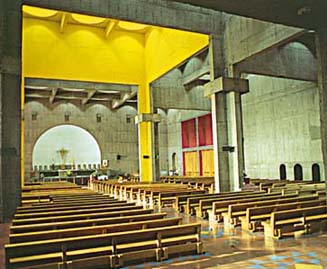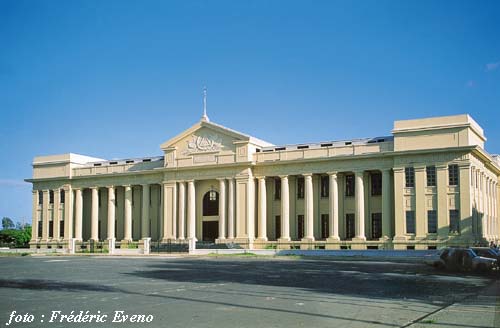 El
Palacio Nacional
El
Palacio Nacional El
Palacio Nacional
El
Palacio NacionalManagua is a really original
city. If you look for the center of Managua, you won't find it: it doesn't
have one. It was destroyed by an earthquake in 1972, and the problems of
that time postponed its reconstruction. With the passing of time the city
developed in various 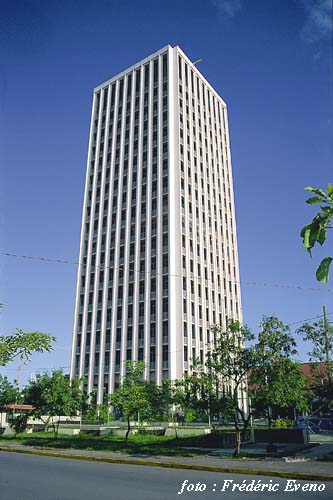 areas, and now no one is really interested in rebuilding the old Managua,
whose ruin remain as witnesses to the horror of the seismic forces.
areas, and now no one is really interested in rebuilding the old Managua,
whose ruin remain as witnesses to the horror of the seismic forces.
If you view Managua from
the neighboring hills, you won't see much, because the majority of its
buildings are of one storey and are obscured by Managua's abundant vegetation;
only a few buildings rise above the trees, notably the Bank of America
building, the tallest in Managua. In this perhaps uniquely rural
capital, you can feel as though you're in the country when you're in this
city. Another curiosity of Managua is its system of directions: some streets
have names, but no one knows them. They navigate by the points of
the compass from a known point of reference: 'from where the small tree
was, one block toward the Lake, and 25 leagues up (up is east, down is
west, to the Lake is toward the north, and only for south is the habitual
word used).
Lake Managua,
younger brother of Lake Nicaragua adorns the city, giving it the aspect
of a port. This topography assures it of future tourism if it can
rescue the lake shore from neglect and pollution and if it conditions itself
for tourism. We must hope that in time the 'managuas' (inhabitants of Managua)
rediscover their lake.
Until the last century,
Managua was a village. It grew rapidly following its elevation to
the rank of capital in 1852, as a solution for the dispute for this title
between Granada and León .For this reason, it has no colonial district,
nor has it ever had one.
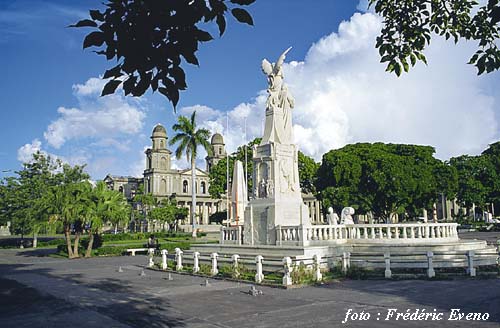 Rubén
Darío the illustrious poet, was Nicaraguan. Many buildings and monuments
in Managua bear his name.
Rubén
Darío the illustrious poet, was Nicaraguan. Many buildings and monuments
in Managua bear his name.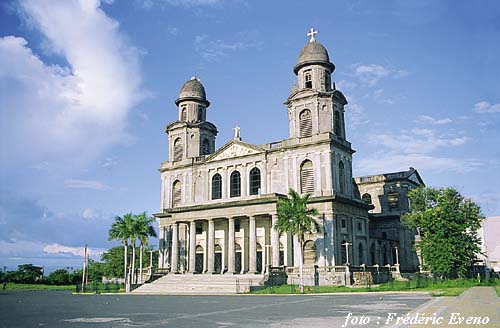
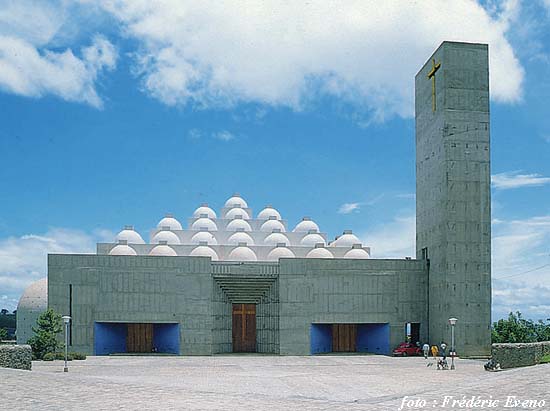
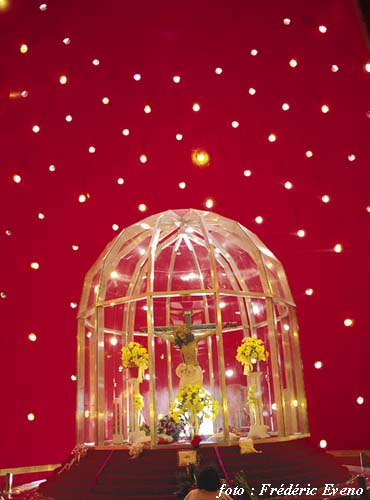 construction symbolizes Nicaraguans' desire to rebuild and modernize their
country, and demonstrates the capacity of the country to carry out prestigious
architectural projects. Religion in Nicaragua never lost its force
and continues uniting them under the pressure of their political differences.
construction symbolizes Nicaraguans' desire to rebuild and modernize their
country, and demonstrates the capacity of the country to carry out prestigious
architectural projects. Religion in Nicaragua never lost its force
and continues uniting them under the pressure of their political differences.
